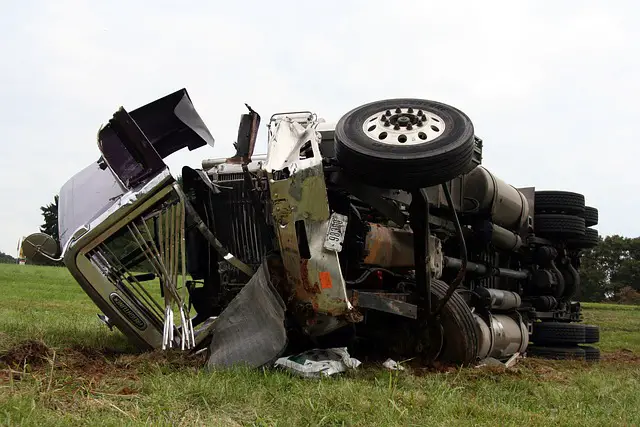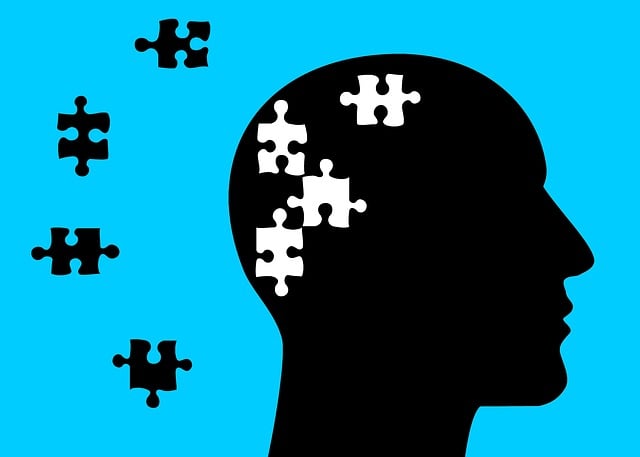You’ve survived a traumatic accident, an ordeal few can truly understand. Your courage has brought you this far, but the road to recovery can seem daunting. This post aims to be your guide, your roadmap to regaining health and reclaiming your life.
Because now, it’s not just about surviving — it’s about thriving. Let’s explore together the steps you can take to improve your health post-trauma.
Get Medical Attention
Seeking medical attention is the first and most critical step in the recovery process after a traumatic accident. Professional medical care provides a thorough evaluation of your physical condition and identifies any unseen injuries that might not be immediately apparent due to the body’s initial shock response. These could include internal damage, concussion, or fractures. Early detection can drastically reduce the risk of complications and speed up the recovery process.

Moreover, medical professionals create a tailored treatment plan that addresses your unique health needs and guides you on the path to recovery. This includes pain management, rehabilitation programs, and mental health support to help cope with potential trauma. Finally, you can find a truck accident lawyer near me, and you can get the necessary help to turn this information into critical evidence for the compensation case. Overall, medical attention ensures your safety, guides your recovery, and helps you regain your strength and independence.
Mental Health and Social Support
These are integral for recovery after a traumatic accident. Mental health care is essential as trauma can often result in emotional distress and conditions such as Post Traumatic Stress Disorder (PTSD), anxiety, or depression. Professional psychological support can help individuals understand and manage these emotions, ultimately assisting in their healing process.
On the other hand, a robust social support network, which can include family, friends, or support groups, provides a sense of belonging and understanding. They can assist in practical ways such as aiding with daily tasks, as well as offering emotional comfort. This dual support system can greatly impact a person’s ability to cope with their new circumstances, combat feelings of isolation, and instill a sense of hope, which is crucial for their overall well-being and recovery journey. Therefore, comprehensive care should encompass both physical healing and mental and social support.
Legal Representation
A lawyer can help you get all that you deserve for the suffering you’ve lived through. Here are some aspects they’ll help you out with:
- Legal compensation
- Insurance claims
- Settlement negotiations
- Liability determination
- Access to specialists
- Reimbursement for lost wages
- Legal support for disability claims
- Emotional support
- Documentation and evidence-gathering
- Navigating legal processes
A competent lawyer can navigate complex legal processes, ensuring you receive the compensation you deserve. They can liaise with insurance companies, conduct settlement negotiations, and gather necessary evidence for your case.
Additionally, they can facilitate access to specialized care, ensuring that your recovery is well-supported. A lawyer can also secure reimbursement for lost wages or support disability claims — an essential asset in the aftermath of an accident. Further, they provide emotional support during a time that can be confusing and stressful, ensuring that your rights are adequately protected.
Physical Rehabilitation
Physical rehabilitation is a personalized program designed to help patients regain physical abilities that may have been lost or impaired due to injuries sustained in the accident. This could include mobility, strength, flexibility, or even basic functions like walking or lifting.
The goal is not just to restore these abilities but to improve overall physical fitness, reducing the risk of future injuries. A rehabilitation program also facilitates the healing process by alleviating pain, reducing swelling, and improving circulation to injured areas.
Also, rehabilitation often includes exercises that can boost mental well-being, helping patients regain confidence in their physical abilities and improve their outlook on life. Thus, physical rehabilitation is a comprehensive, holistic approach to recovery that addresses both physical and mental health, leading to an improved quality of life post-accident.
Rest and Recovery
Rest and recovery are paramount in the healing journey after a traumatic accident. The body utilizes periods of rest to repair damaged tissues and bolster the immune system, essential in fending off post-injury infections. Furthermore, adequate sleep optimizes the production of growth hormones that facilitate healing and restoration. Rest also has psychological benefits, allowing the mind space to process the traumatic event and reduce anxiety or stress levels.
On the other hand, active recovery strategies, such as gentle stretching or light walking, can enhance circulation, promote flexibility, and reduce muscle stiffness. Therefore, a balanced approach to rest and recovery not only accelerates physical healing but also supports mental well-being, crucial in the holistic recovery from a traumatic accident.
Nutrition and Hydration
Proper nutrition plays a vital role in the recovery process post-trauma. Consuming a balanced diet rich in proteins, vitamins, and minerals helps repair damaged tissues, build new cells, and boost the immune system, thereby speeding up the healing process. Hydration is equally important, aiding in cellular functions, detoxifying the body, and maintaining optimal body temperature.
Additionally, certain nutrients like Omega-3 fatty acids and antioxidants can help reduce inflammation caused by trauma. It’s also worth mentioning that adequate nutrition supports energy levels, enabling active participation in physical rehabilitation. Therefore, a nutritious diet, complemented by sufficient hydration, is integral to promoting recovery and restoring health after a traumatic accident.
Gradual Return to Normal Activities
A gradual return to normal activities post-trauma is a pivotal step in the recovery journey. It allows the body and mind to readjust and restore normal functioning at a sustainable pace. Reestablishing routines helps build endurance and strength, countering the effects of prolonged inactivity or bed rest. This process fosters autonomy and renews self-confidence, as individuals regain their abilities to perform daily tasks and engage in social activities.
Moreover, it can promote mental well-being, providing a sense of normalcy and control amidst the upheaval of dealing with a traumatic event. Therefore, a gradual return to normal activities is vital in supporting both physical and psychological recovery, ensuring a well-rounded healing process.

Embrace each step of your journey and remember, you’re not alone. Your strength is admirable and your will to recover, inspiring. Equip yourself with knowledge, seek support, and nurture your body and mind. Always remember, it’s okay to rest, heal, and take your time. Be patient with yourself. A traumatic accident is undoubtedly a life-altering event, but it doesn’t define you. Here’s to your courage and to your journey towards recovery, one day at a time.
